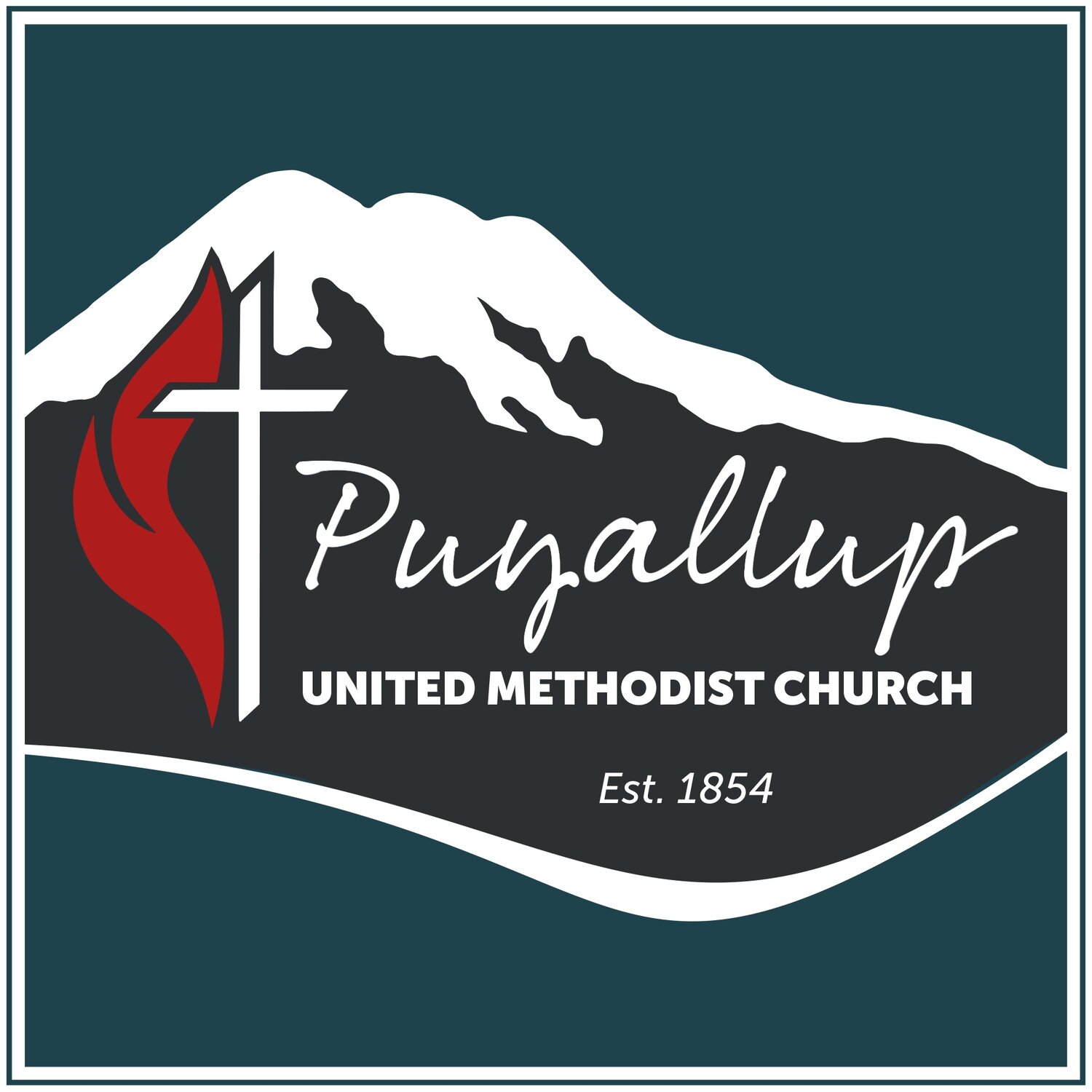Rev. Melinda Giese, Min. of Discipleship & Pastoral Care
A few weeks ago, I was able to make a pastoral hospital visit for the first time since the beginning of the pandemic. While hospital visitors continue to be restricted, clergy are now allowed to see non-Covid patients. And thanks to being fully vaccinated, I can safely make visits again. As I walked into the hospital, I was surprised by how normal it felt to resume this part of ministry. Aside from an emptier parking lot and screening questions at the door, Good Samaritan seemed relatively unchanged from my perspective as a visitor. However, I have no doubt the health care workers and employees have adapted to many, many changes in guidelines and protocols over the past months as they learned how to best protect patients and visitors during a pandemic. I know that all those changes behind the scenes helped to make my relatively “normal” visit possible.
One of the most revealing aspects of the pandemic has been a much deeper understanding of how intertwined and interconnected our world is. We see it in the number of Covid infections – all it takes is one infected person at a gathering to impact the wider contact groups associated with each person there. Similarly, each vaccinated person creates a healthier environment not only for the people we meet, but for their extended web of contacts as well. Our individual actions affect the lives and health of others we do not know and will never meet, just as the choices of others affect us.
We often find images of interconnection in scripture. Jesus tells his disciples, “I am the vine; you are the branches” (John 15:5). Paul writes, “You are the body of Christ and parts of each other” (1 Cor 12:27). Rather than seeing ourselves as isolated individuals, we’re given these helpful ways to imagine ourselves as part of a larger whole, invisibly but permanently connected to God and one another. Long before Covid, Paul already told us that the actions of one part of the body affected the whole. “If one part suffers, all the parts suffer with it; if one part gets the glory, all the parts celebrate with it” (1 Cor 12:26).
After many months of shared suffering, we finally are experiencing some moments to celebrate together. In our joy over sharing hugs again with vaccinated family members, we realize it would be impossible to thank all the people who made these moments possible. We think of the scientists and lab technicians who worked around the clock to test and develop the vaccines, employees who ordered supplies and found sources for necessary vaccine components, public health and policy makers faced with constant questions and difficult decisions to make, companies and government employees who negotiated vaccine process and procedures, truck drivers who delivered vaccines to hospitals and clinics, health care workers who scheduled and gave us the shots…the list goes on. Something as simple as the ability to hug our extended family again relied upon this vast and complex network of people.
As we begin to slowly move out of this pandemic, I hope this experience of our deep interconnectedness is one that stays with us. That we remember our health and well-being, our suffering, and our joy is interwoven with those around us. That even though we are individuals, we are part of a greater wholeness that includes other people and all of creation. And that even when we are in solitary places, there is a larger vine and a larger body of Christ holding us all together in love.


